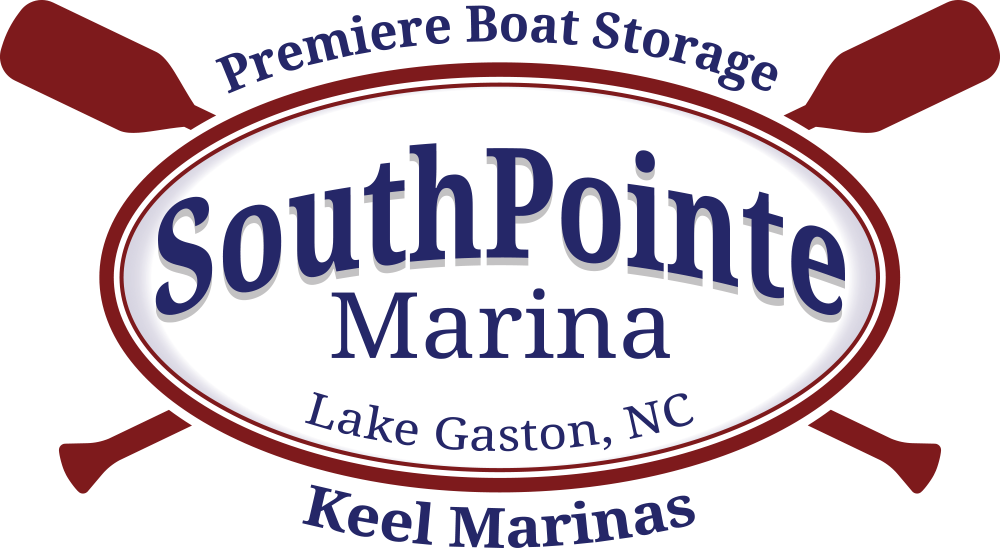Each year thousands of people visit Lake Gaston to enjoy the incredible fishing, boating, and water sports opportunities that our area has to offer. Because Lake Gaston is situated such that it spans areas in both Virginia and North Carolina, we’ve offered the basics of boating regulations here, complete with links to the full information online at each state’s official website. Both states required the use of personal floatation devices, sound devices, fire extinguishing devices, and navigation lights, and some type of boater education certification or course completion, but the regulations differ from state to state.
Virginia
Required equipment for your boat:
- Your boat MUST have at least one Coast Guard approved life jacket for each occupant of the boat. Be sure to check the devices for appropriate fit, which can usually be found on the tag in the manufacturer’s specifications, and operational condition (no broken hardware or tears, etc.). This tag will also state whether or not the life jacket is an approved personal floatation device.
- All boats over 26′ in length MUST have approved and properly charged fire extinguishers aboard. In addition, all motorboats under 26′ that have any of the following conditions MUST carry fire extinguishers: permanently installed fuel tanks; closed compartments where fuel tanks may be stored; double bottoms not sealed to the hull; closed living spaces; or closed stowage compartment in which combustible or flammable materials may be stowed. Inboard gasoline engines must have USCG, SEA, or UL approved flame arrestors on their carburetors. The backfire flame arrestor must be securely attached to the carburetor.
- Visual Distress Signals: All recreational boats 16 feet or greater in length shall be equipped with visual distress signaling devices at all times when operating on coastal waters. This regulation applies to all coastal waters and those rivers 2 miles or more wide at the mouth and up to the first point the river narrows to less than 2 miles. Boats less than 16 feet, manually propelled boats (rowboats, canoes, kayaks, etc.), and open sailboats under 26 feet with no motor, are required to carry only night visual distress signals when operated on coastal waters at night. There are special regulations pertaining to the use of pyrotechnic distress signals that can be found online at Virginia Equipment Regulations.
- Navigation Lights: Recreational boats, while underway, are required to display navigation lights between sunset and sunrise and during periods of restricted visibility. No other lights shall be exhibited that could impair the visibility of required running lights or impair the visibility of approaching vessels.
North Carolina
Required equipment for your boat:
- Personal Floatation Devices: All recreational vessels must have one Type I, II, or III PFD of a suitable size for each person aboard and each skier being towed. Canoes and kayaks 16 feet in length and over are exempted from the requirements for carriage of the additional Type IV PFD. Sailboards, racing shells, rowing sculls, racing canoes and racing kayaks are exempted from the requirements for carriage of any type PFD. No person may use a recreational vessel unless each child under 13 years old on board is wearing an appropriate PFD approved by the Coast Guard.
- Fire Extinguishers: All vessels must carry fire extinguishers unless the craft has a built-in fire extinguishing system.
- Sound-Producing Devices: Sound-producing devices include horns or whistles and bells. Vessels less than 12meters (39.4 feet) in length, while not required to have a horn or whistles and bells, shall be equipped with some means of making an efficient sound signal.
- Navigation Lights: Vessels operating at night are required to display navigation
lights between sunset and sunrise.
